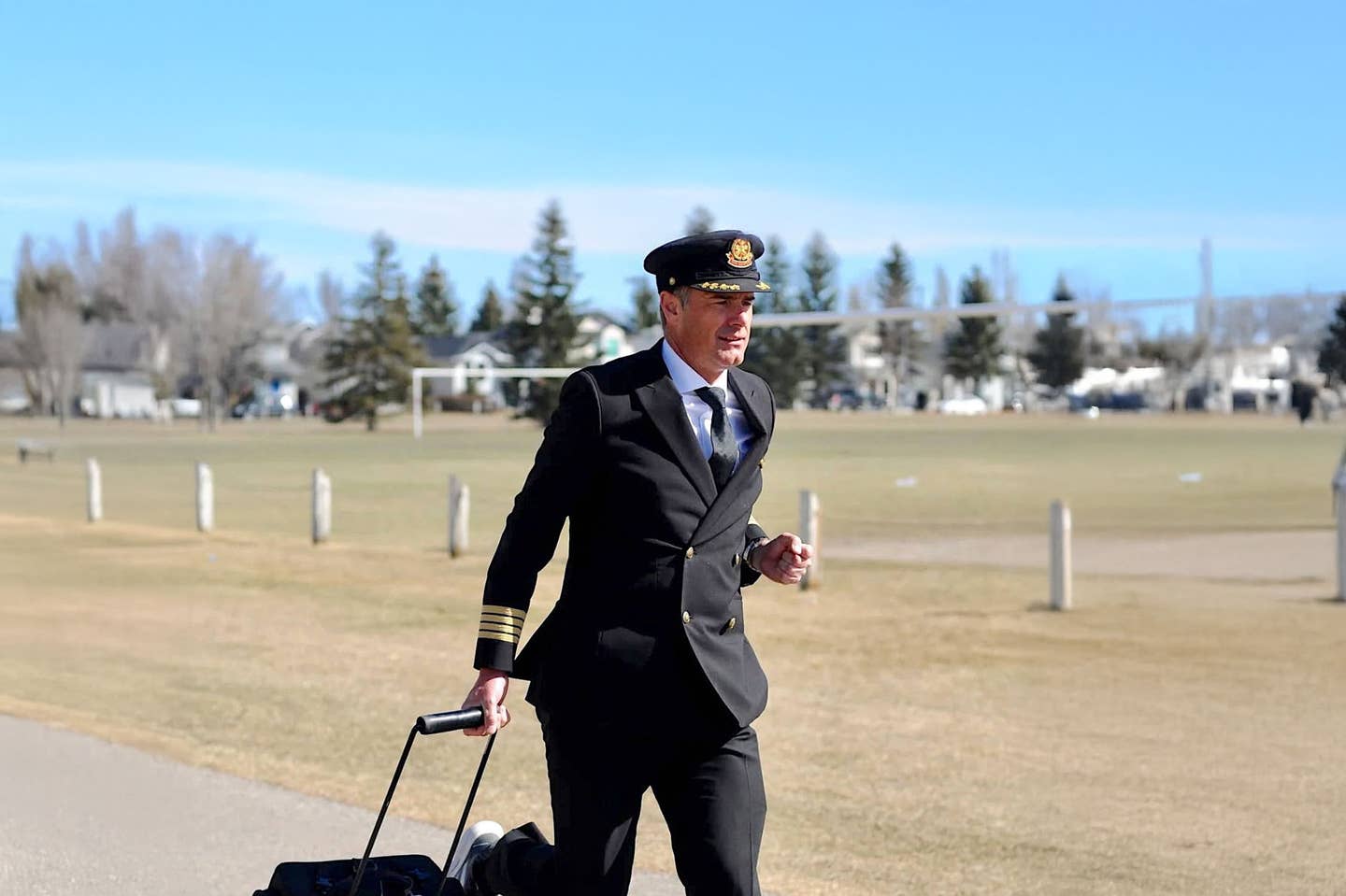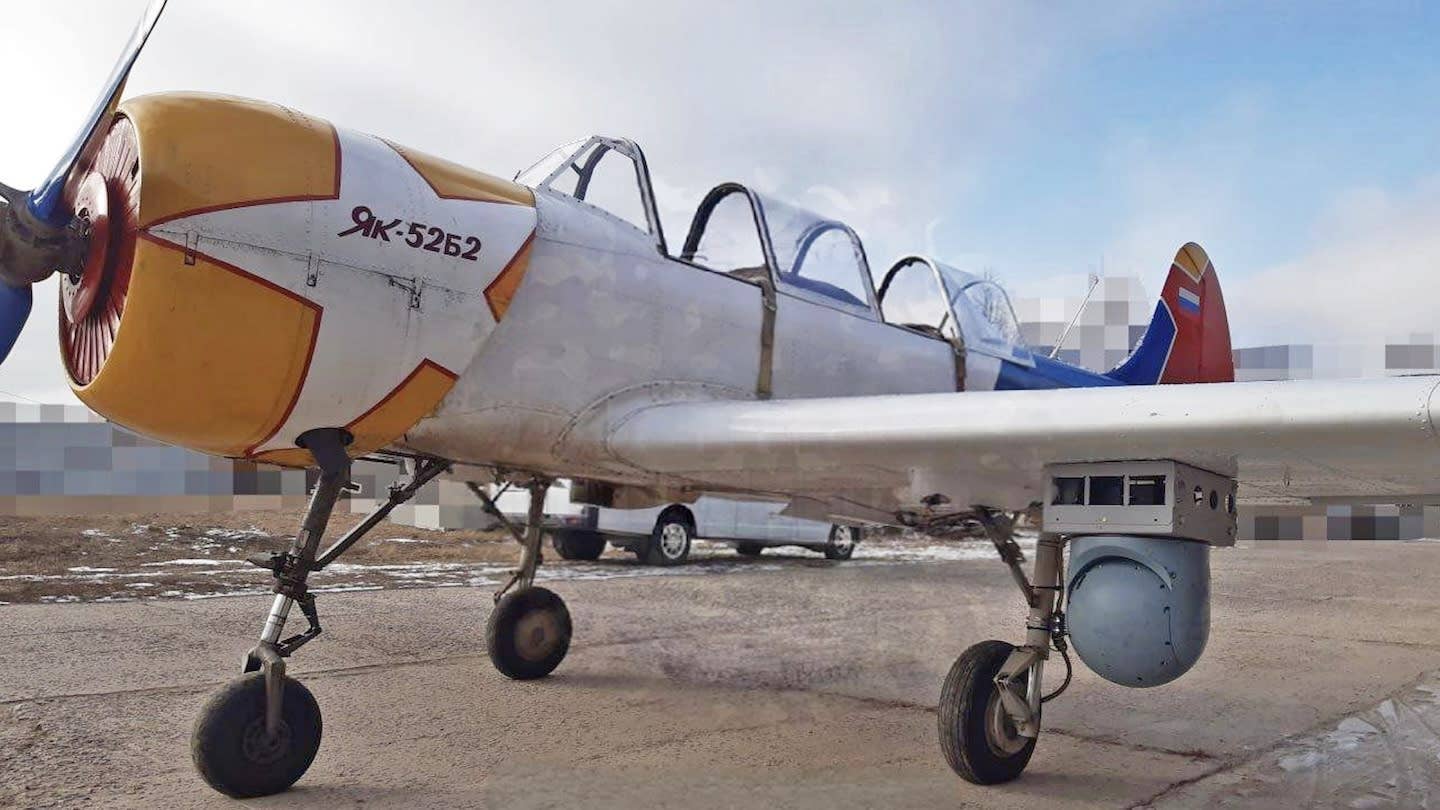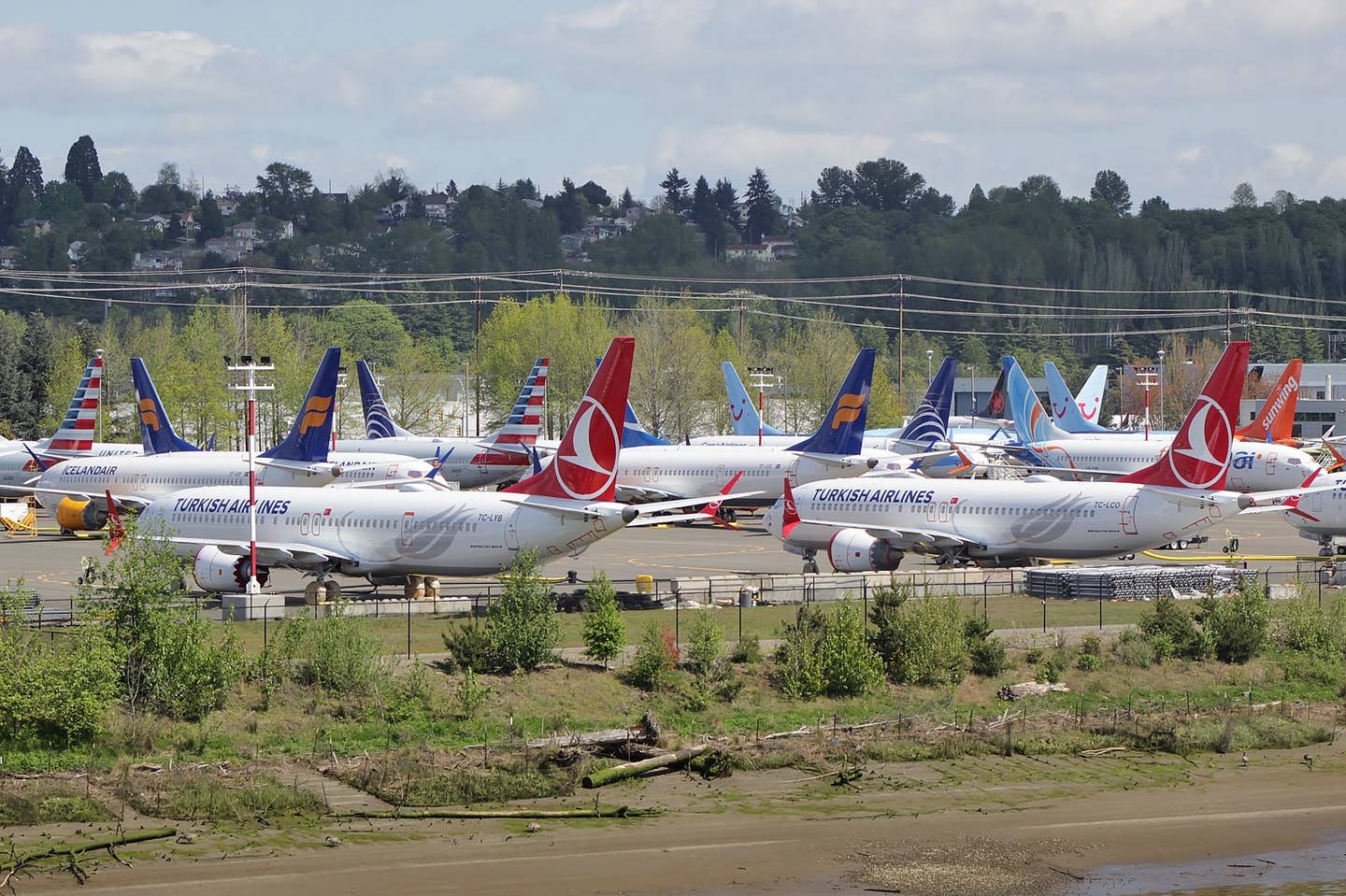Kobe Bryant, Eight Others Killed In Helicopter Crash (Updated)
Retired NBA star Kobe Bryant and his 13-year-old daughter Gianna were among nine victims of a fatal helicopter crash near Los Angeles on Sunday. Bryant and the others were aboard…

Retired NBA star Kobe Bryant and his 13-year-old daughter Gianna were among nine victims of a fatal helicopter crash near Los Angeles on Sunday. Bryant and the others were aboard a Sikorsky S-76 that went down on a wooded hillside in Calabasas about 9:47 a.m. local time. Initial reports said he owned the S-76. It is registered to Island Express Holding Corp. The group was reportedly headed from John Wayne Airport in Santa Anna to a youth basketball game at Bryant's basketball academy in Thousand Oaks about 20 miles from the crash site.
Conditions were reported as foggy or misty at the time of the crash with visibility of 2.5 miles and ceilings of about 1,100 feet. According to ATC recordings, the pilot requested Special VFR, which was approved, and flight following, which was rejected because the helicopter was below radar coverage. The last transmission was squawking ident with Socal Approach about three minutes before the reported time of the crash. The pilot has been identified as Ara Zobayan, reported to have 8,200 hours total time.
The aircraft crashed just south of Highway 101 in a rural area and the debris field was extensive. It sparked a small brush fire that was put out by firefighters. Bryant commonly used the helicopter to commute around the Los Angeles Basin.
On Monday, NTSB investigators were on scene and mapping the area with drones. Investigator Jennifer Homendy said at a media briefing that the agency is looking for any photographs of the weather at the time of the accident, and that the NTSB was leveraging the FBI as a "force multiplier" in acquiring evidence that could help reveal the cause of the crash. "There is no criminal portion," she said.
According to NTSB preliminary statements, the S-76's impact occurred at 1,085 feet MSL, with a debris field of "about 500 to 600 feet." Homendy described it as "a pretty devastating accident scene. There is an impact area on one of the hills and the piece of the tail is down the hill, on the left side of the hill, fuselage is on the other side of the hill, and the main rotor is about a 100 yards beyond that,” she told the media on Monday afternoon. The investigators are expected to be on scene through the week.
In addition, the Los Angeles Lakers have postponed Tuesday night's game with the LA Clippers. The NBA said in a statement that "the decision was made out of respect for the Lakers organization, which is deeply grieving the tragic loss of Lakers legend Kobe Bryant, his daughter Gianna and seven other people in a helicopter crash on Sunday."
Tuesday, FAA Administrator Steve Dickson spoke to the Helicopter Association International attendees at Heli-Expo in Southern California. "By now, everyone is aware of the tragedy that happened Sunday morning, only 50 miles northwest of this convention center. I speak for all of us at the FAA when I say that we are saddened by this accident and the loss of so many lives, and our hearts go out to the family and friends of those onboard. It is much too early to speak intelligently about why this may have happened, but suffice it to say that the NTSB, FAA and others are already hard at work to discover the causes. Despite what the investigators ultimately determine, we in this room know that all too often, helicopter accidents and GA accidents, in general, turn out in hindsight to have been preventable. I left Washington on Friday prepared to deliver a safety message here and to lead the charge for action on helicopter safety. The events of Sunday morning make that mission all the more urgent. If not now, then when. If not us, then who?"






